Evolutionary advances
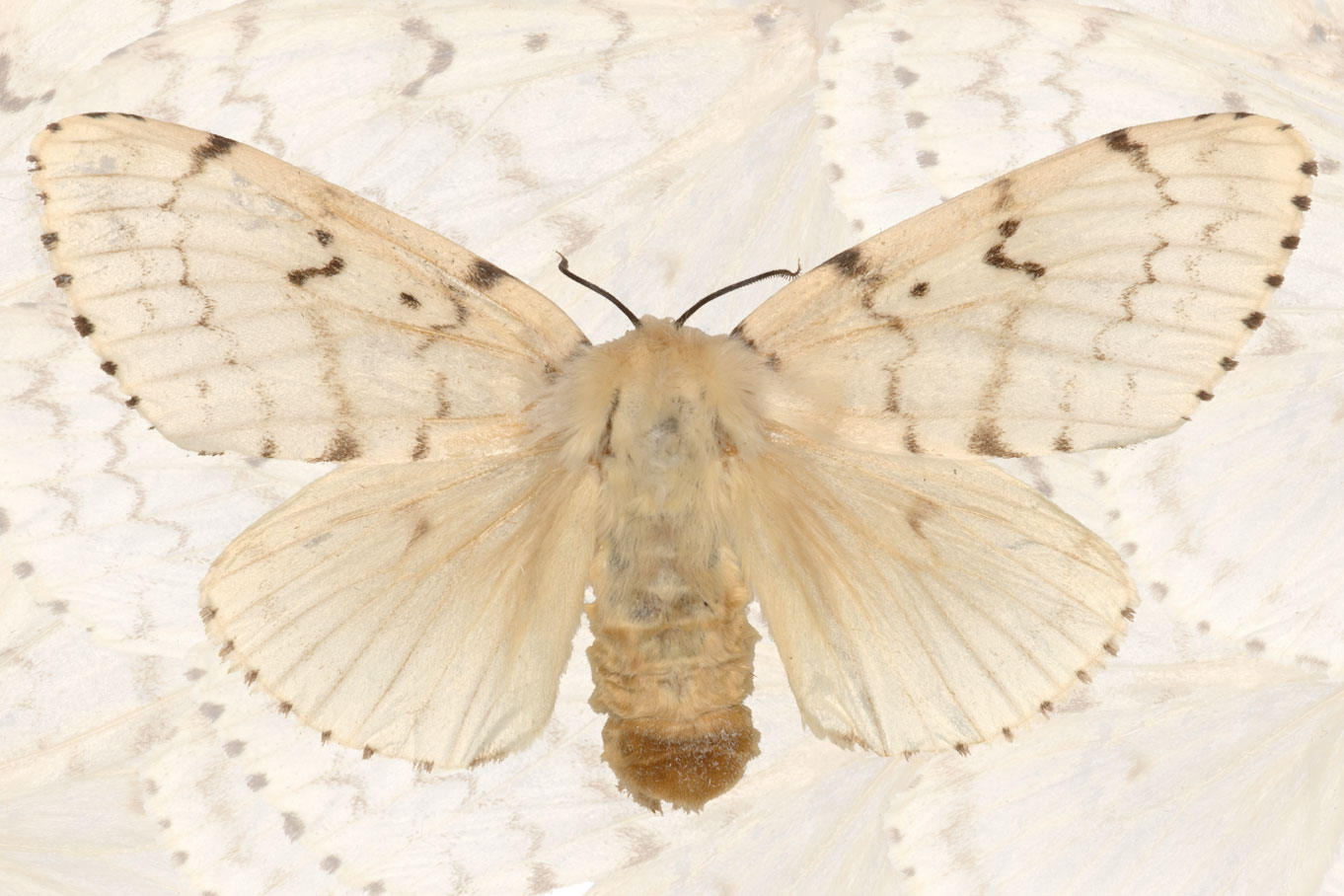
As a child in Russia, Dr. Nick Grishin collected insects and adored watching ants in their colonies going about their daily tasks. His fascination continues, albeit from an adult perspective.
“I was always interested in insects, from my first footsteps. My grandmother couldn’t pull me off watching ants in an ant hill when she walked with me as a small kid. I collected insects and I think I know something about them,” says UT Southwestern’s best known lepidopterist (a person who studies butterflies or moths) and a world-renowned evolutionary biologist. “It was cool to work with them again from a genomic standpoint.”
Dr. Grishin’s long-term goal is to classify available protein sequence and structure data into a hierarchical system similar to the one used to arrange species in zoology and botany and to provide computational tools to create and maintain the classification. Moths and butterflies figure significantly in that quest. The work has the potential to create an indispensable tool for biologists to address complex problems, such as finding treatments for Zika and other viruses that are an emerging threat to human health.
The protein-folding problem
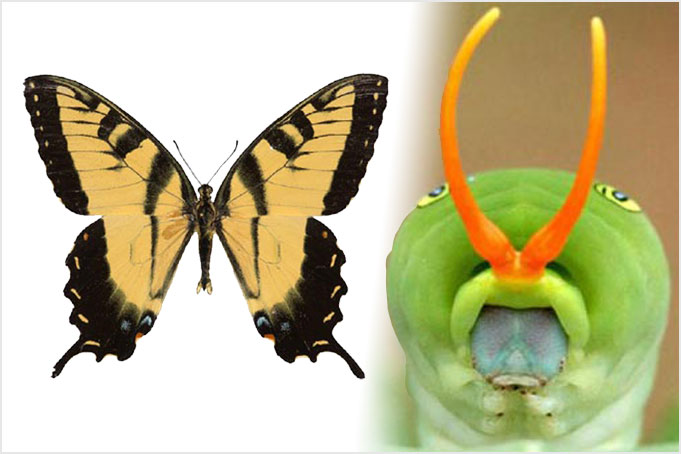
The Professor of Biophysics and Biochemistry is known for his work on the protein-folding problem, envisioning structures from sequence information, the first step in predicting function. “Millions of species of living organisms on the planet possess billions of different proteins. This enormous diversity has evolved from a limited number of proteins, probably a thousand,” he says, further explaining the desire to classify genes and their structures. His team works at the interface of biology, computer science, mathematics, and physics.
An Investigator in the prestigious Howard Hughes Medical Institute, Dr. Grishin is also known for participating in multiple collaborations annually with colleagues from throughout the University. “Probably a dozen or so,” he says modestly.
Many begin like the one with Dr. Don Gammon, Assistant Professor of Microbiology, who recalls his first meeting with Dr. Grishin during Dr. Gammon’s recruitment to UTSW.
Dr. Gammon became interested in gypsy moths during his postdoctoral work in the laboratory of Nobel Laureate Dr. Craig Mello at the University of Massachusetts Medical School. In a 2014 study in the journal eLife, Dr. Gammon reported that gypsy moth cells are strikingly resistant to arboviruses like Zika that otherwise infect a wide range of fly, mosquito, and human cell types.
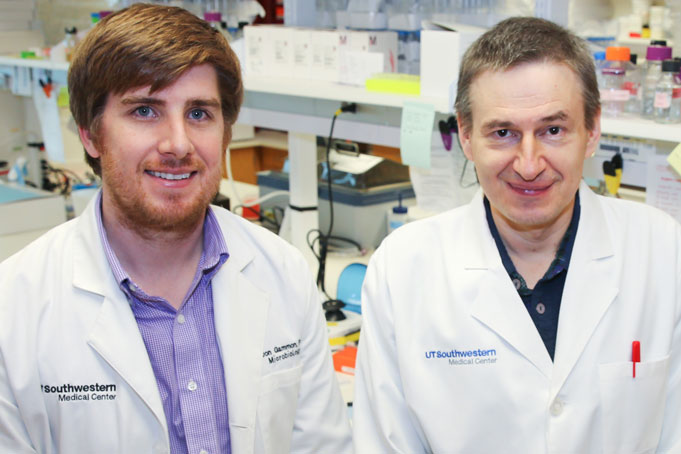
Dr. Gammon wanted to investigate the genetic reasons for gypsy moth cells’ resistance in order to uncover novel strategies to block infection in other species, but his inquiry hit a wall: The gypsy moth genome had not been sequenced, a clear prerequisite for identifying moth-encoded antiviral factors.
Shortly after being offered an endowed faculty position at UT Southwestern in 2016, Dr. Gammon met with Dr. Grishin to ask if they might collaborate. At the time, Dr. Grishin’s group had just identified two new butterfly species and was sequencing the genomes of several others.
Dr. Gammon recalls their discussion: “I remember meeting Nick for the first time and telling him about our arbovirus studies in gypsy moth cells. I asked him if he wanted to collaborate on sequencing the genome of the gypsy moth cells I had been using. He simply smiled and said, ‘Can you send us some cells next week so we can get started?’”
They teamed up with University of Pennsylvania Professor Dr. Daniel Janzen, a Kyoto Prize Laureate who is recognized for his expertise in evolutionary ecology. The collaboration of the Grishin, Gammon, and Janzen labs resulted in a study published in January in the Proceedings of the National Academy of Sciences in which the team reports the 865-megabase genome of the European gypsy moth (EGM), the largest of any lepidopteran species to date.
Biggest moth or butterfly genome
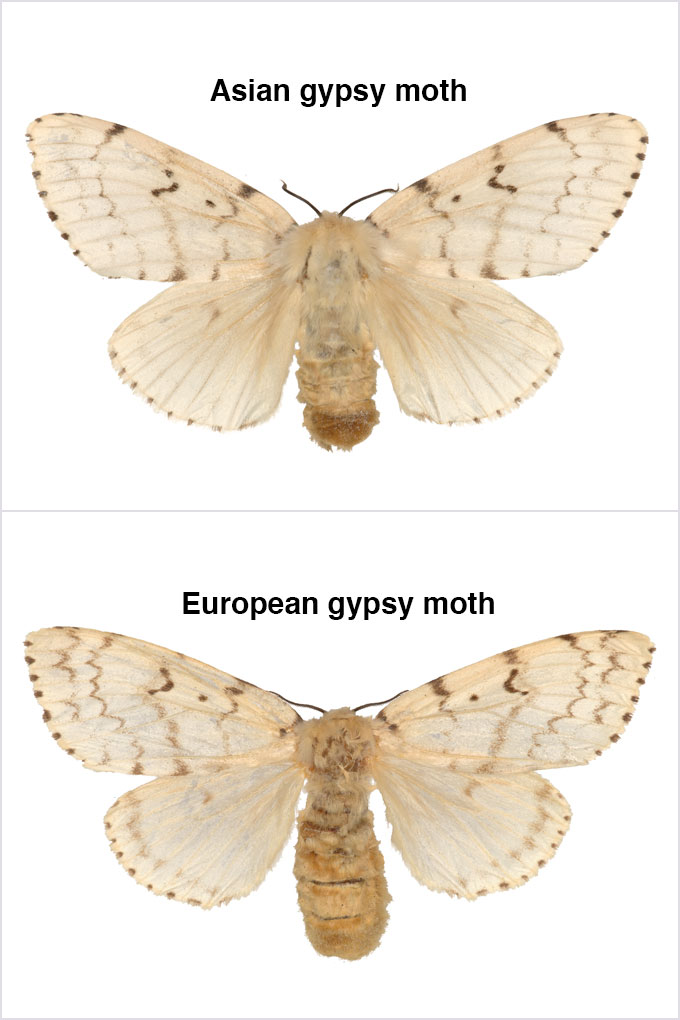
For their article, the authors sequenced and annotated the gypsy moth genome and used it to explore the genetic features that distinguish gypsy moths from other species of Lepidoptera, the order that includes some 180,000 different ones. One key finding: The tiny forest defoliator has the largest moth or butterfly genome (number of DNA base pairs) ever sequenced.
They also sequenced wild-caught EGM and Asian gypsy moth (AGM) specimens from around the world to identify genetic divergence between these closely related subspecies. Those differences may help explain why AGM females have fully developed wings capable of flight while EGM females possess smaller wings and are flightless. Since its accidental introduction to Massachusetts in the late 1800s, the EGM has become a major defoliator of North American forests, although the flightlessness of females has slowed its spread in this country.
Of the approximately 13,300 protein-coding genes in the gypsy moth genome, the researchers identified a small number that are significantly different between the two populations. These included genes involved in muscle adaptation and toll-like receptor signaling, a pathway used by other insects to regulate wing size.
The authors also used their new gypsy moth genomic sequence, coupled with transcriptomic tools they developed, to provide the first insights into how gypsy moth genes change in their regulation after virus infection. Many of those genes encode proteins with similarities to antiviral factors in other insects and humans.
“If we can identify the gypsy moth factors that are so effective at inhibiting arbovirus infection, we may be able to use them to block these infections in humans.”
Dr. Gammon’s lab is now following up these studies using genomic editing tools to systematically inactivate these gypsy moth genes to see if they affect resistance to infection. Dr. Gammon says: “Using the gypsy moth genome and our gene expression studies as a road map, we hope to identify the factors that restrict arbovirus infection. Doing so could have two big payoffs. For one, understanding how gypsy moths fight off virus infection could lead to improved design of viral bioinsecticides that can overcome these host defenses. Secondly, if we can identify the gypsy moth factors that are so effective at inhibiting arbovirus infection, we may be able to use them to block these infections in humans.”
Looks are deceiving
In another study published this year, Dr. Grishin found that skipper butterflies can look similar and be very different.
“We found that many skipper butterflies look like each other, but not because they are closely related,” Dr. Grishin explains. “They acquired similar looks independently, convergently. Like fishes and dolphins, not like humans and monkeys.” For dolphins and fishes the functional meaning of the similarity is clear: They both live in a watery environment. Even though they are very distant relatives, their convergence upon similar body styles reflects their adaptation to living conditions.
“For skipper butterflies it is not so clear,” he explains. “There are several wing pattern types that these butterflies can adopt, maybe a dozen. Why these? We don’t know yet.”
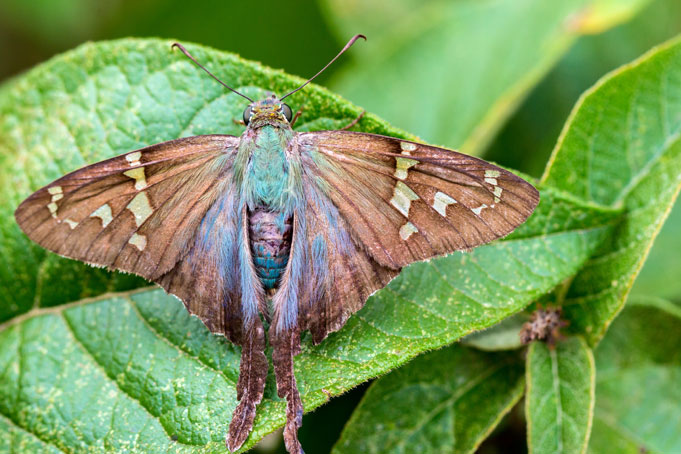
Some of them have flashy-blue coloration – maybe to scare predators. Some are just brown – perhaps for hiding? Some have white tails – so predators bite the tails off instead of the head? Some have orange stripes – maybe some are poisonous and others are mimics so birds avoid them, he says. More research is needed to solve these mysteries.
“Before our work, people who studied butterflies thought these similarities were due to closer relationships (like human and chimp), but their genomes reveal that they are convergent (like fishes and dolphins). So we also reclassified all these butterflies into an evolutionary system,” he says.
This study was partially inspired by a 2012 Nature paper that found in order to look like each other, butterflies “steal” each other’s wing pattern genes by occasionally hybridizing with different species.
“I thought it was a cool idea about how evolution can proceed quickly,” says the highly pragmatic scientist.
As a result, Dr. Grishin and his collaborators thought butterflies had lots of potential for investigations of evolutionary biology and decided to try genomic approaches.
“Butterflies are very diverse in appearance and we can try figuring out how that diversity is encoded in their genes. They are close relatives of flies, and a lot is known about the fruit fly Drosophila, so this knowledge can be applied. Finally, their genomes are usually small, about one-fifth the size of a human genome, so it is cheaper to sequence them,” he explains. Plus, the cost of sequencing is falling quickly.
As Dr. Grishin’s team wrote in a paper recently published in the Proceedings of the Royal Society of London, in 2000 the first human genome required nearly $3 billion ($1 per base pair) to complete. Now, human genomes can be sequenced for less than $1,000 ($1 per 3 million base pairs).
Might butterflies have something in common with Darwin’s finches?
“A lot. The same principles apply. But there are quite a few differences,” he says.
“No need to travel to remote islands – butterflies are everywhere. And they evolve quickly no matter where they are.”
Dr. Gammon is a W.W. Caruth, Jr. Scholar in Biomedical Research.
Dr. Grishin holds the Cecil H. and Ida M. Green Chair in Biomedical Science and is a Virginia Murchison Linthicum Scholar in Biomedical Research.

